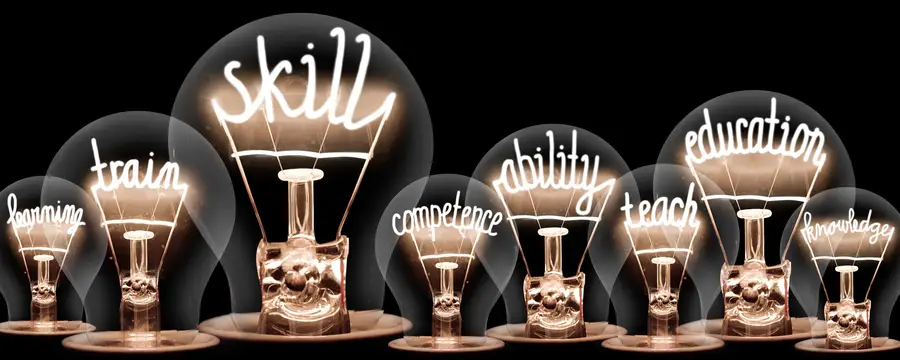
Currently espoused as the silver bullet to the distracted modern learner, microlearning is a buzzword that is frequently used in the learning sector. However, it is rarely understood what makes microlearning effective and the best ways to put it into practice.
What is Microlearning?
Microlearning is defined by short, focused, and complete learning engagements that are contextually relevant to the learner, reinforce content or concepts, and build on conceptual understanding. It is not defined by an arbitrary time limit. Here are some other rebuttals to misconceptions about microlearning:
- Microlearning is not new. “Learning objects” coined by Wayne Hodgins in 1994 and then advanced by David Wiley (2002) as “reusable learning objects” are small, independent instructional components to be reused digitally in different instructional contexts. These objects formed the basis of the Sharable Content Object Reference Model (SCORM), comprised of self-contained instructional units called shareable content objects (SCOs). Microlearning has organically grown out of learning objects and has advanced through mobile technologies, but it is not new.
- Microlearning is not mobile eLearning, spaced learning, or continuous learning. It is small and useful complete learning experiences that fit ‘in the moment’ either by size of objective or context. Microlearning is mobile-friendly and can be used to build continuous learning, but it is not continuous learning itself.
- Microlearning is not the panacea. Microlearning is not a replacement for “macro learning” events – classroom instruction, eLearning, games or simulations – that teach larger complex concepts. Microlearning will not solve all your learning and development challenges.
What are Good Uses of Effective Microlearning?
Critical instructional elements such as a learning objective, practice, feedback, and reflection are what make microlearning effective. It is important when designing microlearning to NOT eliminate or eradicate these elements that are critical to deeper learning. Effective microlearning must provide:
- Practice to improve understanding and ability
- Opportunities to cognitively engage and apply knowledge
- Feedback to correct misunderstandings and improve performance.
Good uses of microlearning include adaptive learning to meet individual learning needs, course augmentation to deliver post-course or within-course interactivity to reinforce or deepen learning, memory joggers to aid in recall support, and performance support to provide just-in-time training. Remember, effective microlearning must provide a learning objective, practice, feedback, and reflection.
Top Five Microlearning Tips
Here are my top five tips to ensure effective microlearning:
- Ensure it’s a good fit – know your audience and keep it simple. This is not the time to teach complex concepts. Save that for the classroom or the Learning Management System (LMS).
- Include instructional elements – effective microlearning embeds a learning objective, practice, feedback, and reflection. Otherwise, it’s just micro information.
- Intentionally design to elicit a specific outcome – focus on a single learning objective for a specific concept, skill, idea, or topic that drives a specific outcome and measurable result.
- Use multimedia and interactivity – infographics and videos enhance visualization and knowledge retention whilst interactivity provides opportunity for engagement and practice.
- Make it responsive – microlearning packs a punch on mobile devices. Use a responsive authoring tool and cloud platform to ensure accessibility from any device or browser.
Effective microlearning is an example of RTI’s learning design, development, and delivery capability. Recently, RTI won a 2019 MarCom Gold Award for the USAID Worldwide Training (WWT) project’s microlearning video series, which reinforces and deepens learning about acquisition and assistance management. The microlearning videos were used for both within and post-course interactivity.
To learn more about the professional development, leadership, and management learning solutions that RTI provides, you can visit RTI’s Integrated Learning Solutions practice area page.
